The Quakers
The earliest American antislavery statement came from a group of Quakers in Germantown, Pennsylvania. Read their antislavery appeal and compare it to that of Samuel Sewall’s twelve years later. What arguments did early antislavery thinkers use to attack this ancient and entrenched system?
By the mid eighteenth century, Quakers in Pennsylvania began to turn away from positions in government and purify their churches of what they understood to be the social sins of the age. Slavery topped the list, and reformers like John Woolman encouraged Friends (the term that Quakers use to describe fellow Quakers) to abandon slavery. In 1754 the Yearly Meeting in Philadelphia followed Woolman’s advice. Read John Woolman’s Some Considerations on the Keeping of Negroes and the 1754 Yearly Meeting’s Epistle of Caution & Advice. Which of Woolman’s arguments did the Yearly Meeting copy, and which did they not?
- Some Considerations on the Keeping of Negroes by John Woolman (1754)
- Epistle of Caution and Advice from the 1754 Philadelphia Yearly Meeting (1754)
Anthony Benezet
John Woolman’s work was essential in convincing American Quakers to adopt antislavery positions, but another Quaker played an even greater role in creating an Atlantic movement. Anthony Benezet wrote and reprinted abolitionist material that was circulated widely in both Europe and North America. Benezet published a pamphlet in 1772 that formed the backbone of many of the era’s most important antislavery appeals.
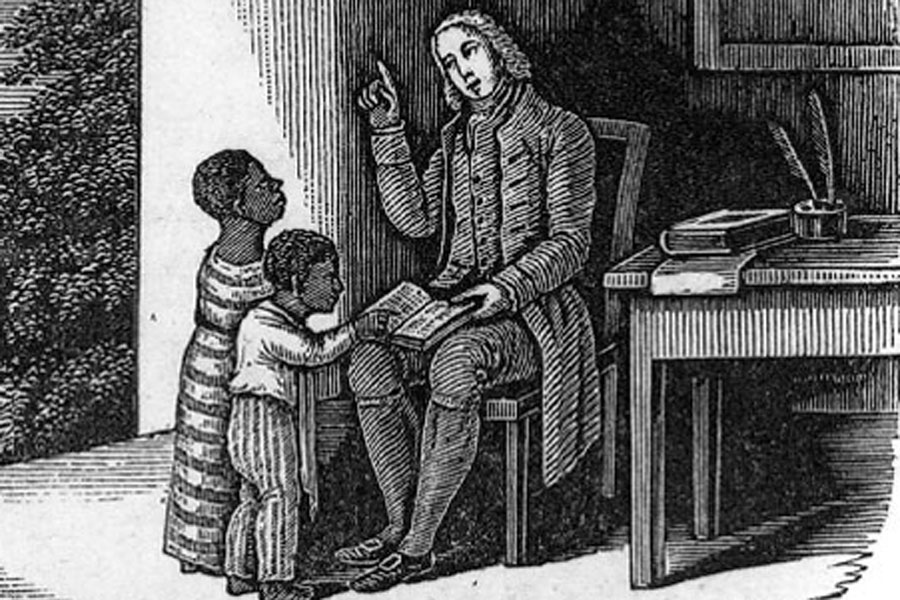
The Quakers were a small religious group on the fringe of American life. To widen the movement, Quakers needed to recruit others. No one proved more effective at that task than Anthony Benezet. Hear Benezet’s biographer, Professor Maurice Jackson of Georgetown University, deliver a full lecture on the life and work of this essential abolitionist:
- Historical Account of Guinea by Anthony Benezet (1772)
- Thoughts Upon Slavery by John Wesley (1774)
- The Just Limitations of Slavery by Granville Sharp (1776)
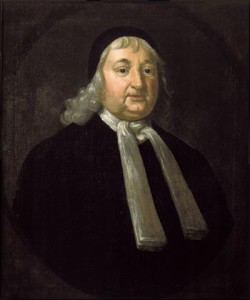
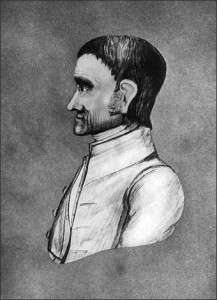
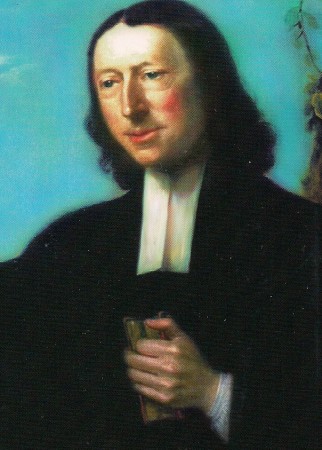
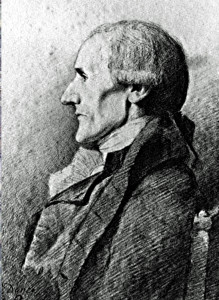
Black Voices
The work of Quaker and non-Quaker abolitionists on both sides of the Atlantic depended on African resistance. From the very beginning, black voices proved essential in the fight against slavery.
Olaudah Equiano
Olaudah Equiano’s narrative of enslavement and freedom galvanized abolitionists in the late eighteenth century. Click here to explore the fascinating life and essential work of this influential abolitionist.
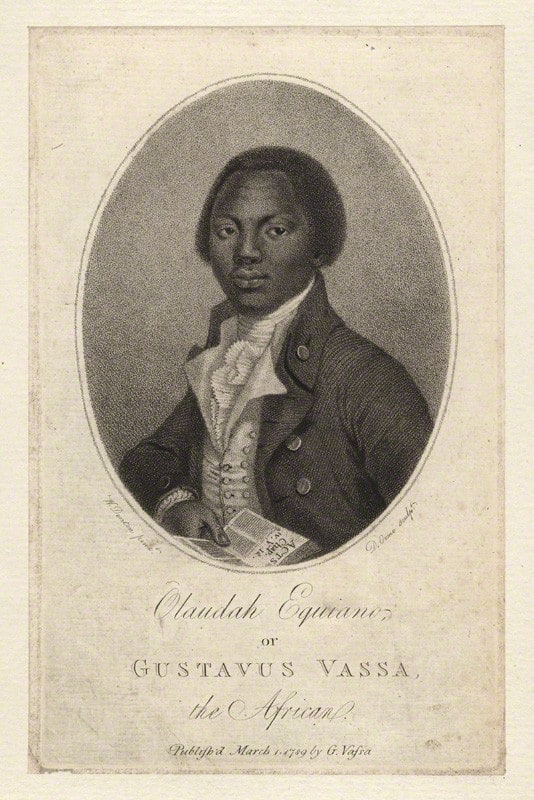
Lesson Plans
- Taking Up Arms and the Challenge of Slavery in the Revolutionary Era – This lesson is designed to help students understand the transition to armed resistance and the contradiction in the Americans’ rhetoric about slavery through the examination of a series of documents.
- Slavery and the American Founding: The “Inconsistency not to be excused” -This lesson will focus on the views of the founders as expressed in primary documents from their own time and in their own words. Students will see that many of the major founders opposed slavery as contrary to the principles of the American Revolution but few took action on the basis of these convictions.
